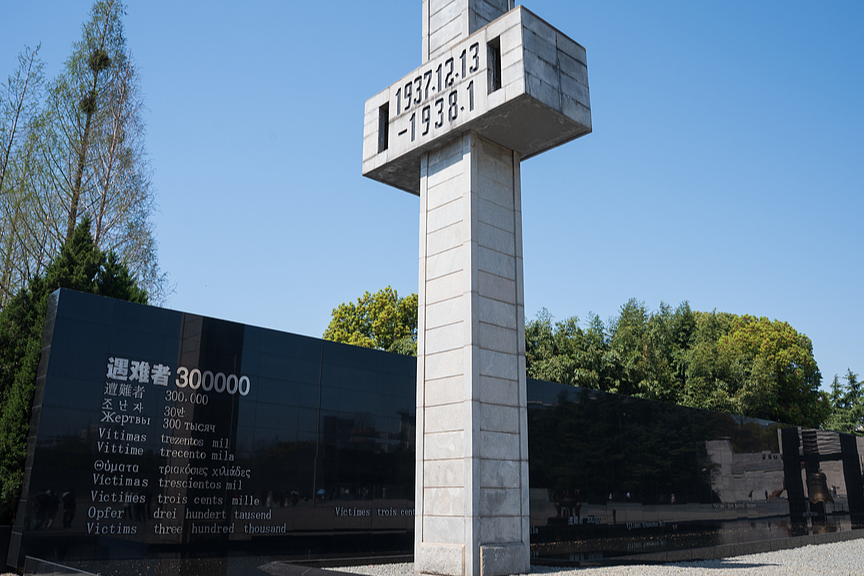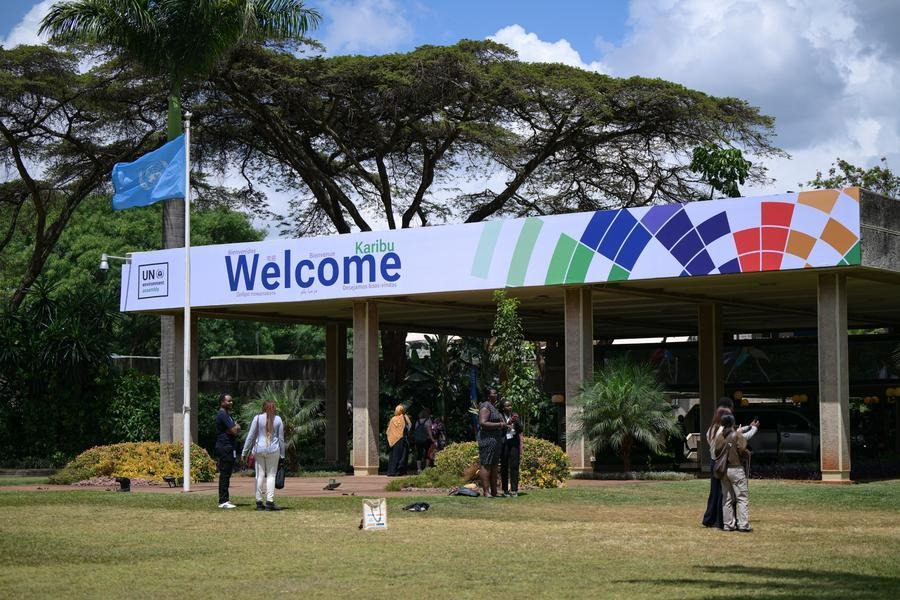Comparing forbidden cities
By Wang Kaihao | China Daily | Updated: 2020-07-23 07:47

"For example, he ordered the decorative pavement patterns to be simple rather than ornate."
The city was rising in the most glamorous way imaginable before his eyes.
It's still unknown exactly why he abandoned it.
"It'd be an even bigger waste to just abandon a half-constructed city, wouldn't it?" Wang Zhi says.
"So, the common explanation is not sufficiently convincing."
History of Ming suggests the emperor once heard brawling on the roof when he inspected a palace.
His adviser told him that the overworked craftsmen had used necromancy to curse the palace as a silent protest. The emperor decided to move because of this omen, according to this account.
Nanjing, which is today's capital of Jiangsu province, became the emperor's alternative as the national capital.
Zhu Yuanzhang ordered builders to prioritize stability instead of luxury in his "Forbidden City 2.0" there. His son, Zhu Di, the third Ming emperor, inherited that principle. Zhu Di, who previously resided in Beijing as a prince, won a civil war in 1402 and moved the national capital to his home city.
After massive construction starting from 1417 and lasting for three years, the "Forbidden City 3.0" in Beijing was finished, and the city became the Ming capital a year later.
However, its predecessors, including the abandoned one in Fengyang and the completed one in Nanjing, both crumbled in the following centuries, as continuous wars and social upheavals destroyed most aboveground structures.
























